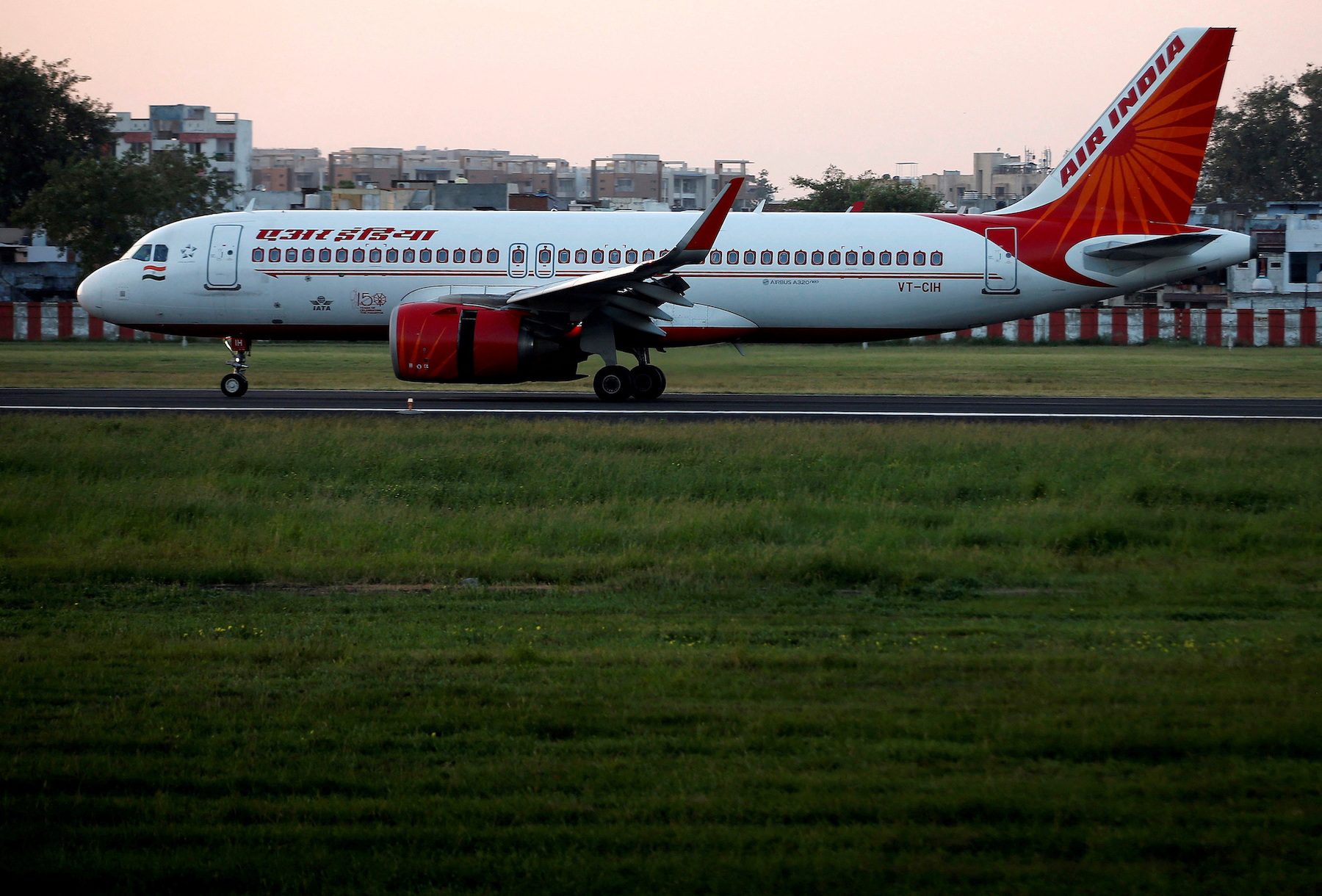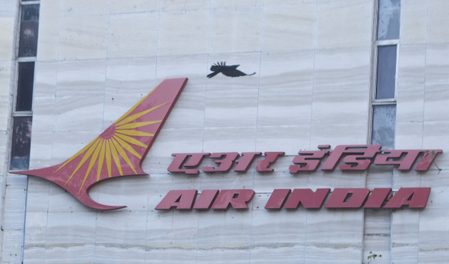SUMMARY
This is AI generated summarization, which may have errors. For context, always refer to the full article.

As global aerospace savors a record Air India 500-plane deal cheered by world leaders, it is the turn of leasing companies to line up for a piece of the action.
Experts say the mainly Dublin-based lessors, who rent jets out for a monthly fee, could play a significant role in financing the Tata-owned airline’s Airbus and Boeing spree.
They are the out-riders to the planemakers and engine firms that take the headlines, standing ready to buy jets from the airline the moment they are delivered and rent them back – a potentially profitable deal for both sides if conditions work.
“The large majority of these aircraft are likely to be financed through sale-and-leasebacks with perhaps 20% of the financing come from the [Western] export credit agencies,” said aviation adviser Bertrand Grabowski.
Air India had no immediate comment.
For airlines, sale-and-leasebacks have been a popular way to generate liquidity and ease balance sheets.
Airlines with credible proposals can negotiate bargain prices for the eye-watering numbers of planes needed to keep up with gross domestic product and rising incomes in some emerging economies.
They then aim to sell them at a profit to lessors at the expense of agreeing to pay a rent. Because of the bulk discounts available to the airline, the idea is the lessor can afford to pay a fair price and still leave the airline a profit.
“It’s a cheap and often tax-efficient way for the airline to raise finance,” said an aircraft finance source. “Many airlines would rather pocket $5 million or so now and pay maybe $25,000 a month more in rent.”
Risks
A key risk for the airline is that it remains on the hook for billions to planemakers but cannot find a lessor willing to do the cashback deal when it comes time for delivery.
For lessors, sale-and-leasebacks are a key path to growing their fleets as an alternative to buying portfolios of jets from rivals or expanding through M&A, at a time when planemakers are running out of planes to sell to the leasing firms directly.
Their main risk surrounds the financial viability of the airline or a drop in aircraft values. But financiers say Tata Group and India’s largest airline IndiGo, which honed the sale-and-leaseback model in the country, are seen as good credits.
“Lessors are already queuing up to do business with Air India. They will get good deals because the eventual collateral is Tata Sons which is as good as a sovereign,” said one person involved in the transactions.
That comes after Indian airlines have been especially active in sale-and-leasebacks as a way of generating liquidity from the flow of planes needed to serve the fastest-growing market.
They used the tool to finance 75% of deliveries between 2018 and 2022, according to Rob Morris, head consultant at Ascend by Cirium. That compares with a global average of 35%.
“So India is overweight in SLBs (sale-and-leasebacks) by a long way,” Morris said.
Indian aviation has been hobbled in the past by airline failures, weak infrastructure, and questions over lessors’ rights.
But Dublin-based Avolon, one of the largest lessors, says consolidation and airport overhauls have improved this.
“India, we believe, will be one of our largest markets for the foreseeable future,” chief executive officer Andy Cronin told Reuters last week.
Still, the sale-and-leaseback play is not for everyone. Some lessors say it is not worth it after new money poured into aviation looking for returns when interest rates were low.
The result was more competition chasing the same number of deals, making the terms less attractive. But after rapid interest rate hikes, the party is moving elsewhere.
“I think a lot of the capital, which was maybe less strategic in the sector, is probably not as competitive or not as active as it was,” Cronin said. – Rappler.com
Add a comment
How does this make you feel?

There are no comments yet. Add your comment to start the conversation.